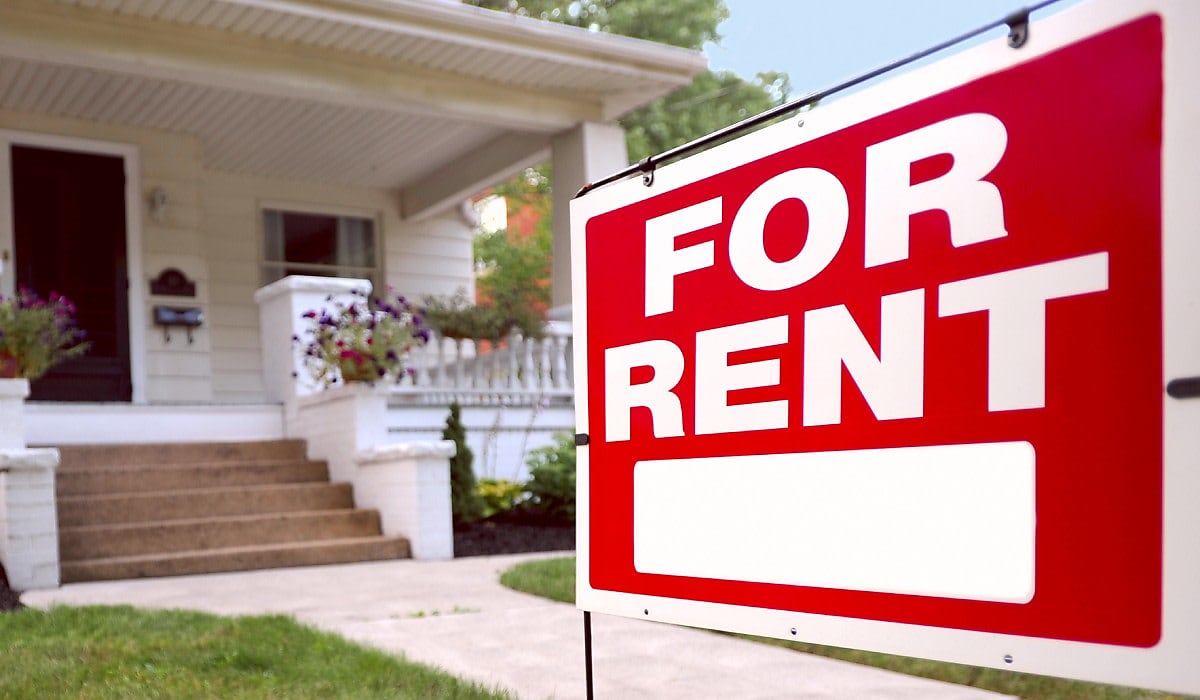Will new housing trickle down to struggling renters?
New data has revealed that rental properties become cheaper with age – but is the rate of depreciation enough to provide much-needed housing for Australian renters?

A new research paper from e61 Institute, a non-partisan economic think tank, has calculated that between 2007 and 2022, Australian rental properties became 3.6 per cent cheaper for each decade they aged.
This depreciation rate, which was adjusted for inflation and income distribution, differed substantially between markets based on the level of availability of new housing.
In areas where a large amount of new housing was built, such as Parramatta in Sydney, older homes got 11 per cent cheaper over a decade. In contrast, areas where new home construction was limited, such as Sydney’s Northern Beaches, saw older rentals become 3 per cent more expensive over the same time span.
“As properties age they depreciate due to wear and tear and also become less desirable compared to newer homes that often have more modern features,” said Dr Nick Garvin, research manager at e61 Institute.
On the surface level, this could tentatively suggest that building more non-subsidised, market-rate housing could improve affordability over time. However, the researchers noted that the speed of depreciation is a crucial factor to consider.
Over the past year, the median Australian rent has grown by 7.8 per cent – the lowest annual rise recorded in three years.
In Perth, which has recently been subject to an investor frenzy, rental growth is even steeper at 12.7 per cent.
In contrast, the research paper estimated that “a property’s rent declines by between 0.4 per cent and 0.9 per cent per year as it ages”.
In other words, rents are rising up to 19 times faster than the rate of depreciation – even in this winter’s slump.
“Given the overall estimated speed that rents decline with age, and the fact that rents do not decline with age at the bottom of the income distribution, market-rate supply does not appear capable of completely replacing targeted lower-income interventions such as social housing or rent assistance,” said Garvin.
The researchers concluded that increasing the supply of market-rate housing must be “complementary, rather than competitive, to policies that directly provide affordable housing”.

